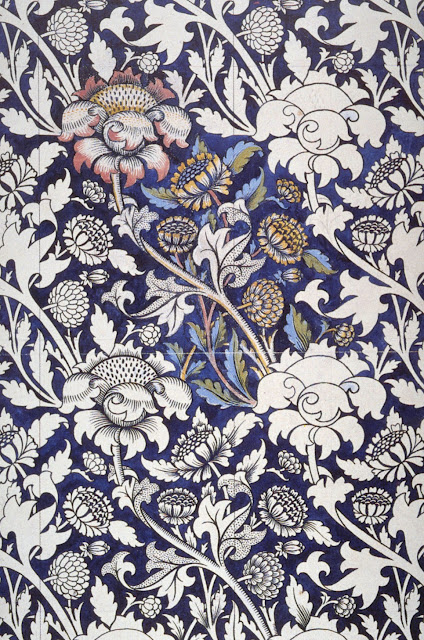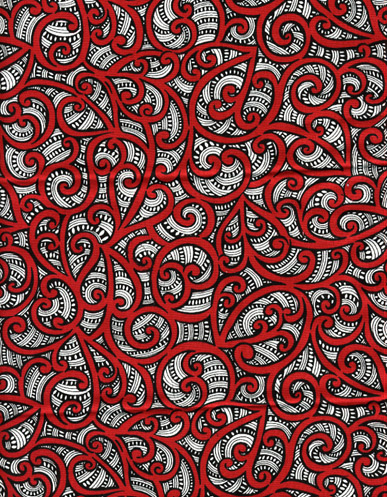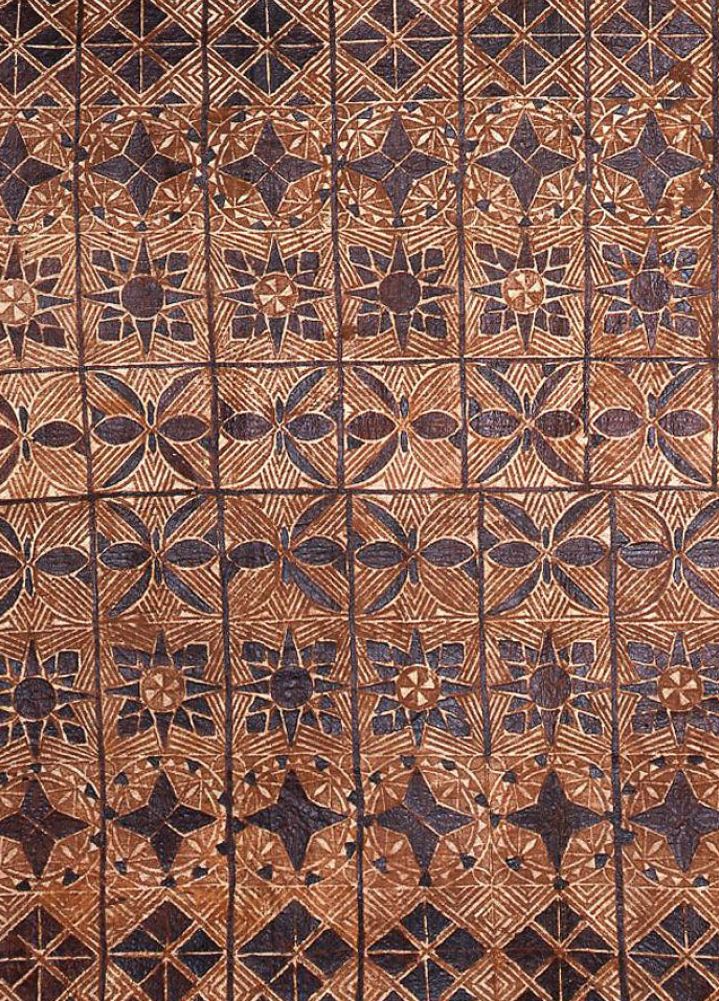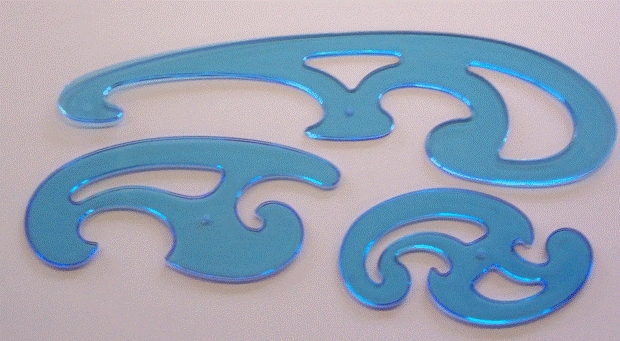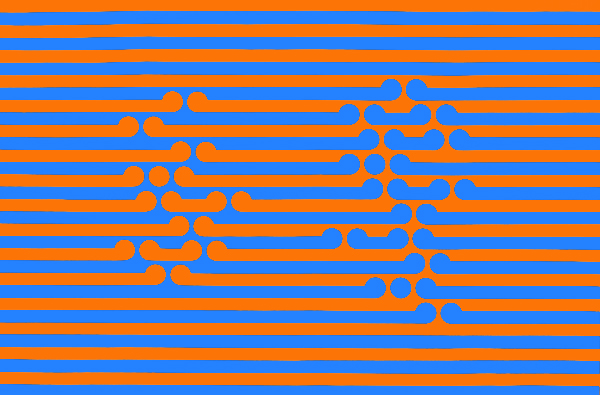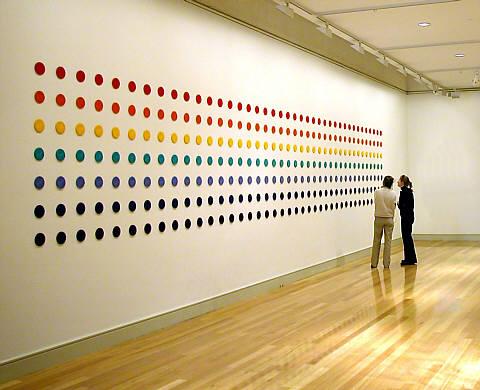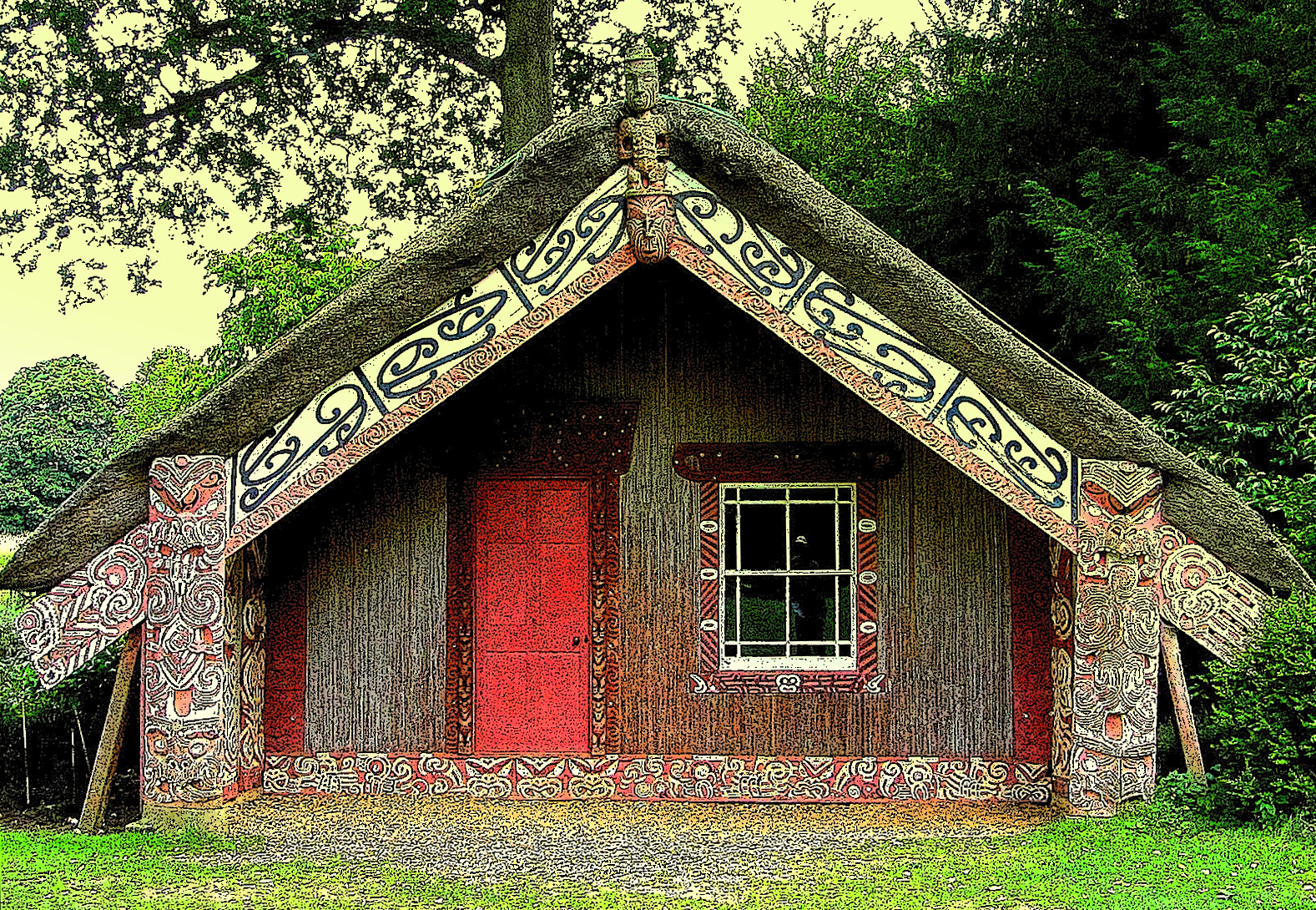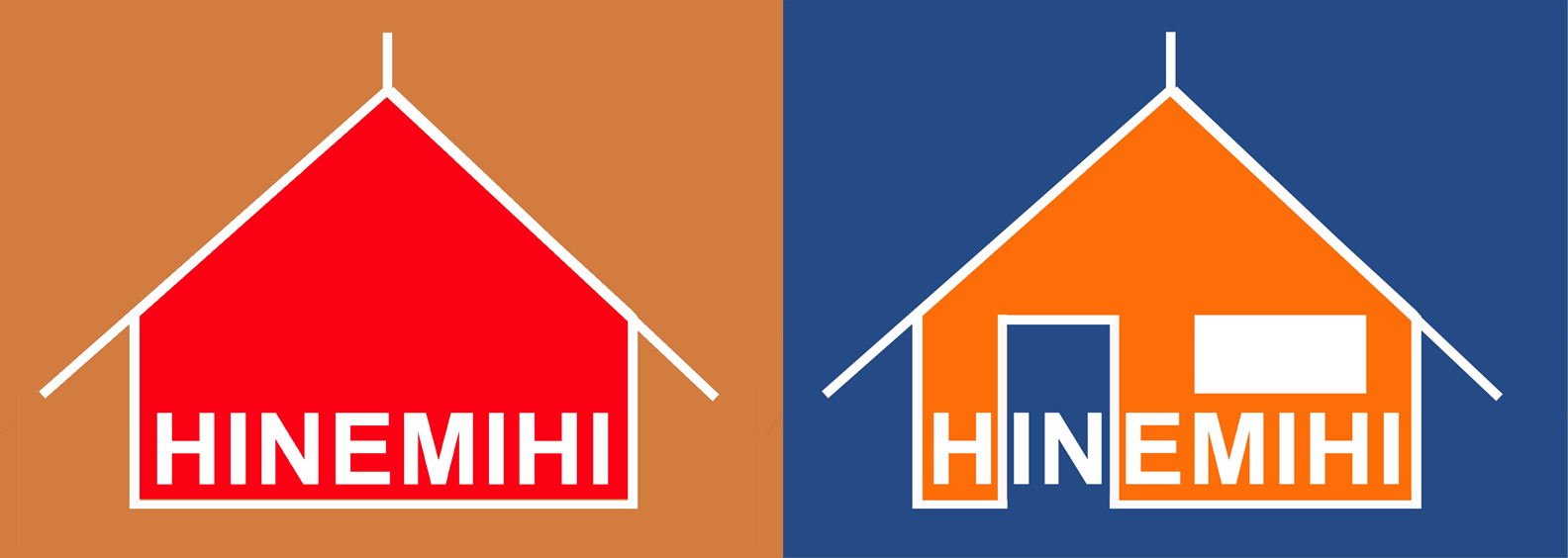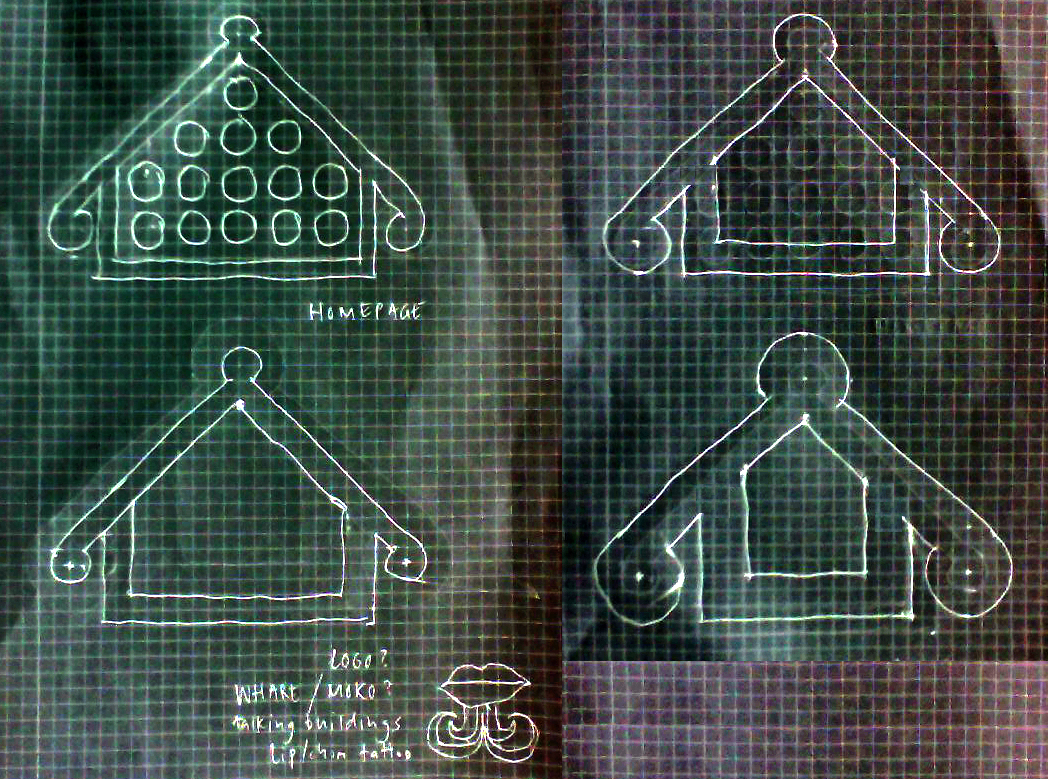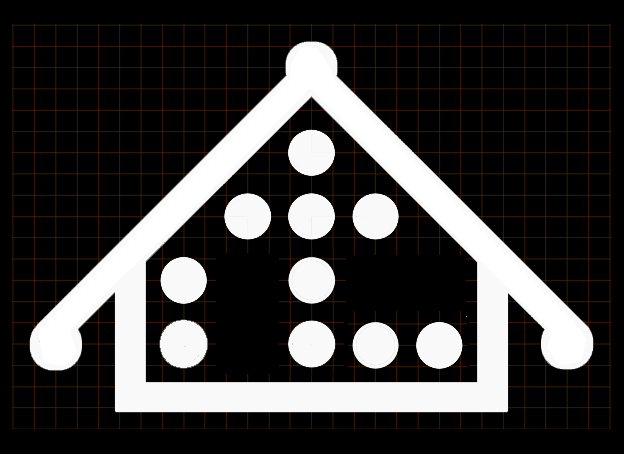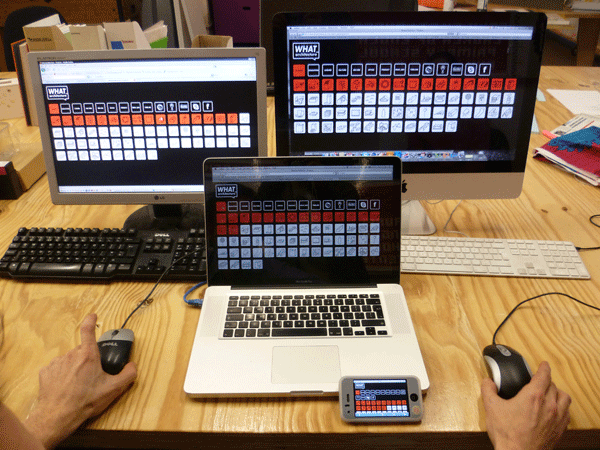072hin_MODERN MAORI MOTIF
Some cultures have visual motifs so specific, so readily identifiable in their iconography that the motif is intertwined and inseparable from that culture’s history. When a motif is omnipresent, it is a cultural logo. So what is specific about the South Pacific? Polynesian patterns derive from traditional craftsmanship that use simple forms (circles, triangles, lines…) and often applied ‘folk’ styles of decoration. What the folk? Folk is according to Wiki: “art produced from an indigenous culture or by peasants or other laboring tradespeople.” Much like the English Arts and Crafts Movement of (East London’s) William Morris, polynesian folk decoration in its hand appliqué was essentially pre-industrial. Such motifs can be found on tapa cloth, tukutuku panels, as tattoo / tä moko and include köwhaiwhai, koru… In modernising its motif, maori culture is at once enhanced yet evolving. Motif modernisation allow new identities to be created to engage and embrace emergent communities such as the Ngati Ranana London-based diaspora. In the transfer from industry to information, craft becomes crafty. Folk today means ethnicity; the example could have been African, Turkish, Maori…
MAORI EXAMPLE: There are a number of visual artists who are confronting the modernisation of traditional maori motif. For the NZ artist Gordon Walters, the koru motif was his way of making sense of the environment and reflected the obvious influence of köwhaiwhai and tä moko. Walters’ koru paintings can thus be understood as a profound meeting of Polynesian and European art traditions, where the value of each is upheld. In the image below WHAT_archutecture renders Walter’s 1965 Painting No. 1 in Hinemihi’s original orange-blue colours that were ‘uncovered’ by Dean Sully of the UCL’s Institute of Archeology. More recently Ani O’Neill is a Rarotongan New Zealander of Irish descent whose works of art frequently reference the traditional Pacific arts of lei, weaving, crochet and tivaevae (appliqué). In discussing her work O’Neill has said that “when you stood in the room the circles had an eye-popping, decentralising effect, they made your eyes bounce around… I grew up with a heritage of bright colours, flowers, feasting, sunshine, lagoons… I’m bringing that culture into a developed New Zealand culture that is primarily about progress.”
Johnson Witehira‘s digital kowhaiwhai;
Modern computer-aided drafting systems use vector-based graphics to achieve a precise radius and can also be used to generate a set of coordinates that accurately describe an arbitrary curve. Such digital drawing systems make use of Bézier splines which allow a curve to be bent in real time on a display screen to follow a set of coordinates, imitating the analogue method of drawing arcs and spirals using French curves:
Influenced by such abstract interpretations, it is now possible to reconsider the iconography of maori meeting house Hinemihi in terms of the structure, geometry and fenestration.
SAY WHAT_!?

